8 Best Outbound Sales Strategies For Effective Business Growth

Have you ever received a call about getting a new cable connection or a new credit card to improve your quality of life? These calls are frequent and everyone gets them at some point, some people even get them every day!
And after a while, it starts to get annoying, that is if you are a customer. But from the perspective of a sales rep, these calls are a way to market the offerings of the company. And is a type of outbound sales approach.
In today’s competitive landscape, outbound sales strategies are a crucial component of a solid and effective sales pipeline. By proactively connecting with prospects, you can expand your market reach, build useful relationships with prospects, and generate more leads.
That’s why I have compiled the top eight outbound sales strategies to expand your sales pipeline. On top of that, I will provide you with modern sales software to help you improve your sales process and boost business growth. So let's dive in, starting with understanding what outbound sales are.
What are outbound sales?
Outbound sales are where you actively identify and reach out to prospects to turn them into leads. This approach concentrates on discovering potential customers via well-planned buyer persona and tailored content like qualifying questions for sales.
Common outbound sales approaches
Cold calling
Cold calling is the most common type of outbound sales approach. It typically involves making unsolicited phone calls to get more people interested in your product and ultimately getting more sales.
Cold calling is one of the effective outbound approaches to getting people to engage with you. As per research by the Rain Group, 82% of prospects agree to schedule a meeting with the sales rep who called them first.
An example of a cold calling can be a scenario where you call a decision maker of a business to introduce your company/product and explain how it can help them in streamlining their operations. After the initial conversation, the conversation will turn towards showcasing the benefits of your product and the features that set it apart from others.
Although it is not impossible to close a deal on the first call, it is highly improbable that it will happen. The next step will include you scheduling a meeting to move the lead into the pipeline and then try to close the deal.
The reason why cold calling is still effective is because nowadays, prospecting is mostly done virtually and cold calls emphasize human interaction. It allows you to leave a great first impression and get your prospect familiar with your offerings naturally.
To begin with your cold calling campaign, you need to first research your prospects. It is a bad idea to reach out to someone without doing basic research about who they are or their needs. Go over your sales script, include relevant sales qualifying questions, and practice beforehand with other sales reps to ensure that you are not just reading lines off your screen.
And once you are ready, give your prospect a call. Don’t think too much about it and assume that you are just having a conversation over the phone. It will help you de-stress and remain calm during the call.
Cold emailing
Just like cold calling, cold emailing is another outbound sales approach where you introduce your company or its offerings to someone who had not heard of you before.
Now you might ask, what is the difference between cold emailing and email marketing? Although both these methods require you to send emails, cold emails are first, extremely personalized and second, are sent with the intent to build a relationship and establish rapport.
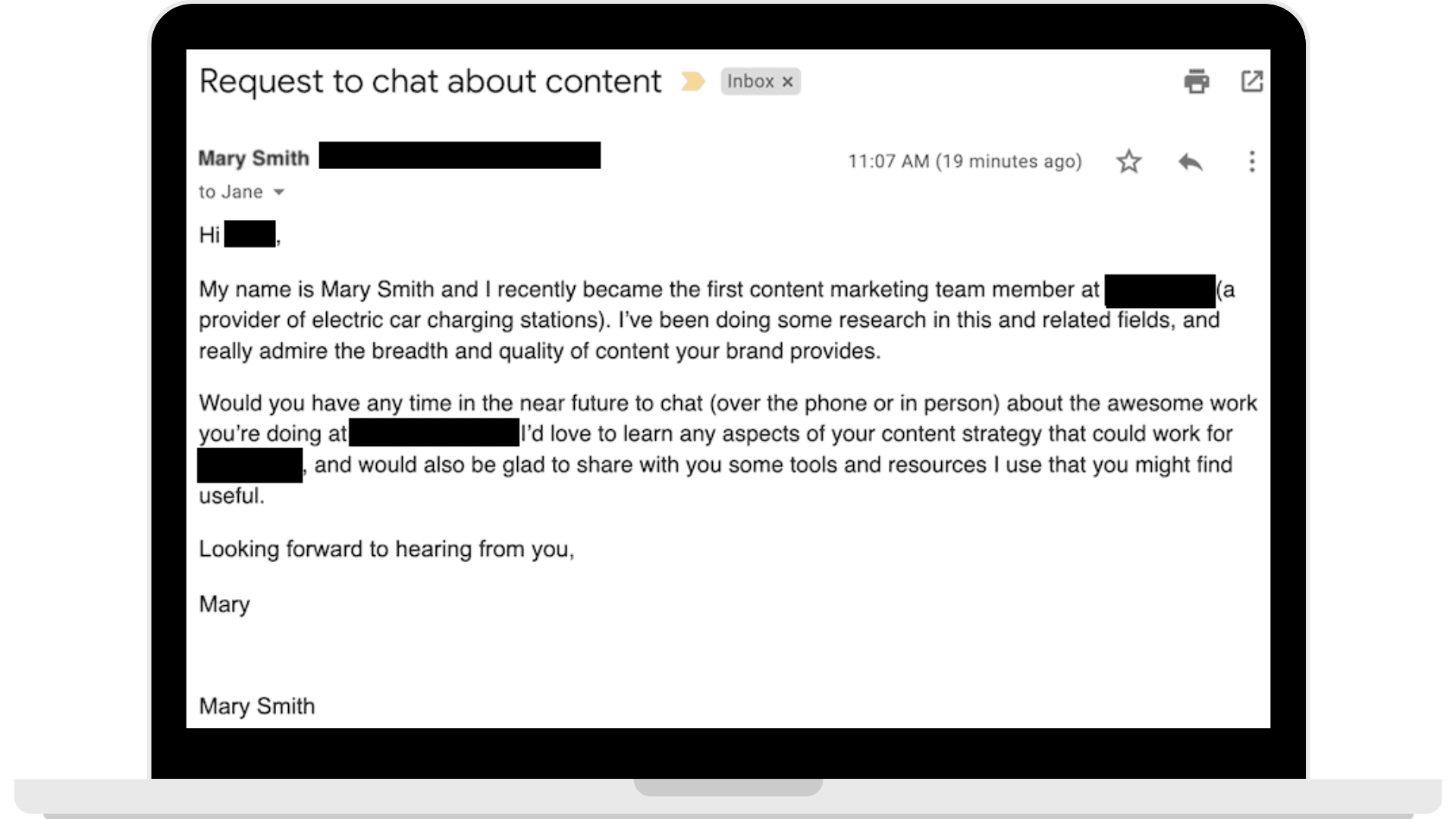
Similar to any other outreach campaign, the first step in sending cold emails is to identify your target market and build customer personas (more details on this below.) Next, you need to gather leads and create a list of potential customers.
One of the ways to do this is by using a lead bot. For instance, Zixflow’s Leadbot that you can build without any previous coding experience. And the lead bot will automatically generate leads and create a database for you.
After you have got a list of leads, you have to write personalized email content and send the emails to your prospects. Once again, you can use Zixflow’s AI-wizard to generate tailored content by providing basic information like the type of email, target audience, objective of the email, and CTA. If the content is to your liking, you can copy and send this to your prospects or make changes to it accordingly.
SMS marketing
As the name suggests, this is mobile marketing that includes sending promotional messages to potential or current customers to promote products, deliver updates, and offer discounts or deals. In fact, according to CodeBroker’s Consumer Mobile Engagement Report, 35% of customers like to get discount codes via a text message.
For instance, check out how Equal Parts indulged in SMS marketing to reach out to people during Covid-19 lockdowns and help them from getting groceries to cooking recipes.
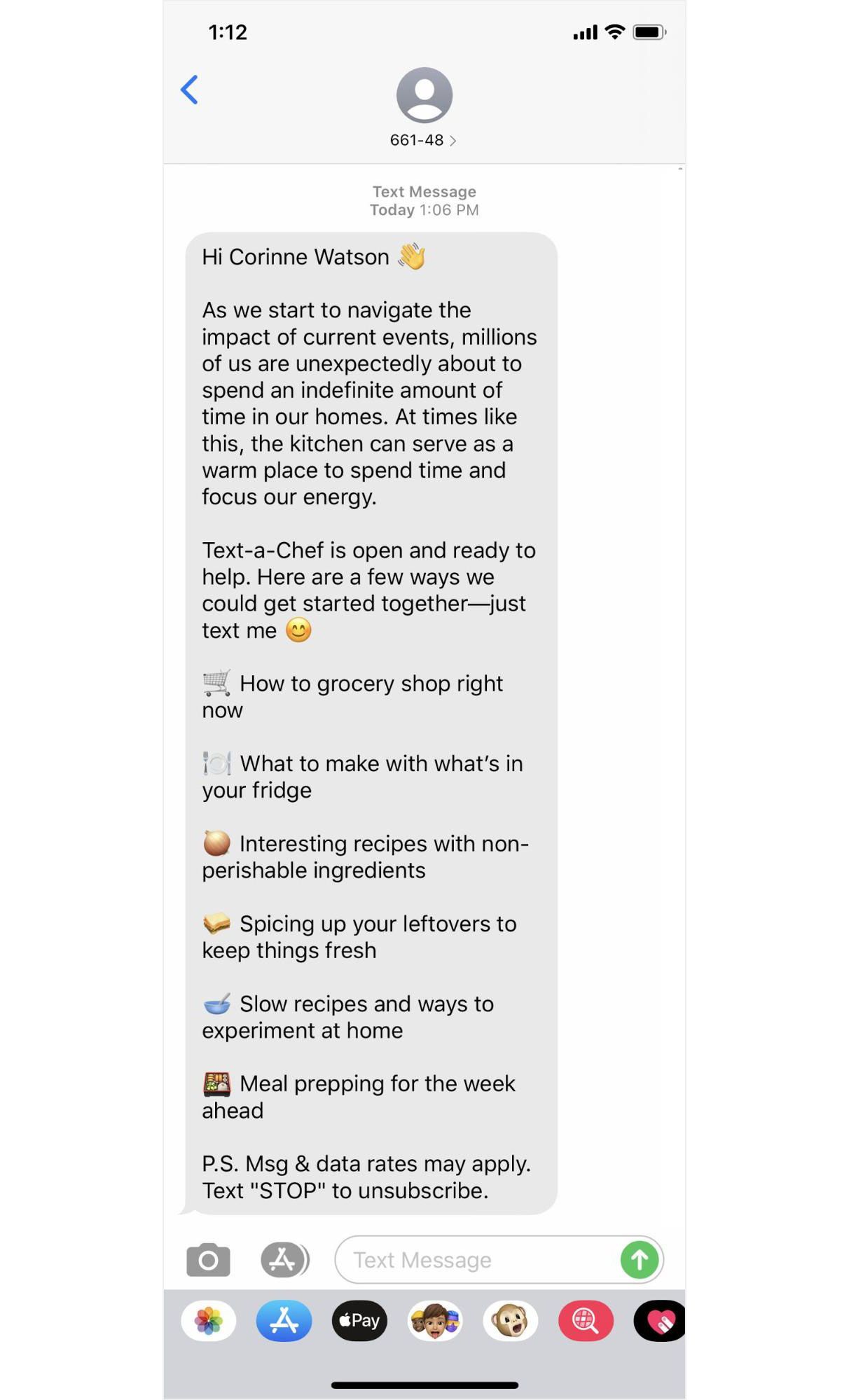
Once you add the buyers’ phone numbers to your database, you can then send personalized messages to your prospects using Zixflow. You can send either a promotional or transactional type of SMS by just selecting the options and writing your message. Check out this video to know more about how to send global SMSs using Zixflow.
So, these were a few common ways to run an outbound sales campaign. With that said, let’s take a look at some of the top outbound sales strategies to grow and manage your sales pipeline.
Best outbound sales strategies to get more conversions
Below are some of the top outbound sales strategies that will let you get more conversions and expand your pipeline:
- Identify your ideal customer
- Segment your audience
- Send personalized emails
- Leverage social channels
- Use the right sales tool like Zixflow
- Utilize referral marketing
- Employ account-based marketing techniques
- Measure and analyze your efforts
Next, let’s dig into each of these tactics in detail, starting with identifying your ideal customer.
Identify your ideal customer
If you wish to be successful in your outbound sales endeavors, you should not just discover prospects but also find the correct details to connect with them and include this information in your modern sales software.
The importance of this step is often overlooked, but leading marketers usually dedicate six hours each week to searching and analyzing their leads.
To do that, begin by gathering information about your ideal customer to the point where you can build precise and in-depth buyer personas. These personas will allow you to direct your outbound sales strategies and let your team look at the right places to find potential customers.
A buyer persona should be the closest representation of your ideal customer. And if you create it correctly, the final result will match your intended audience. With that said, here are the steps to create a buyer persona for your business.
Steps to create a buyer persona
Conduct research
The first step in creating buyer personas is to conduct in-depth market research to understand your target audience. This will give you an idea of who your audience is and what are their requirements.
Segment your audience
Once you have collected the information about your target market, you then need to find similarities and divide them into smaller segments. These segments will represent the different subsets of your audience and will allow you to develop individual buyer profiles.
Create profiles
After segmenting your audience, build comprehensive buyer profiles for every segment with relevant information, like age, occupation, gender, education, and purchasing habits. Also, think about adding a short biodata to humanize your profiles.
Update and optimize
You cannot use the same buyer personas for a prolonged period. As things change, so should your buyer personas. Keep engaging with your customers to understand how your target audience is evolving, and update your personas to ensure relevance and accuracy.
Segment your audience
Markets are just places where people are searching for a product or solution that businesses are providing.
“Solve customer problems and make sure that the customer is representative of a large market and then you will have a pretty good formula.” – Melanie Perkins
You might have noticed that after you purchase something from a site, you get tailored offers based on your previous activities. That’s because companies utilize behavioral segmentation techniques to offer you similar products based on your past habits.
Just like how Vistaprint sends its visitors personalized offers based on the behavior (actions) they showcased on its site.
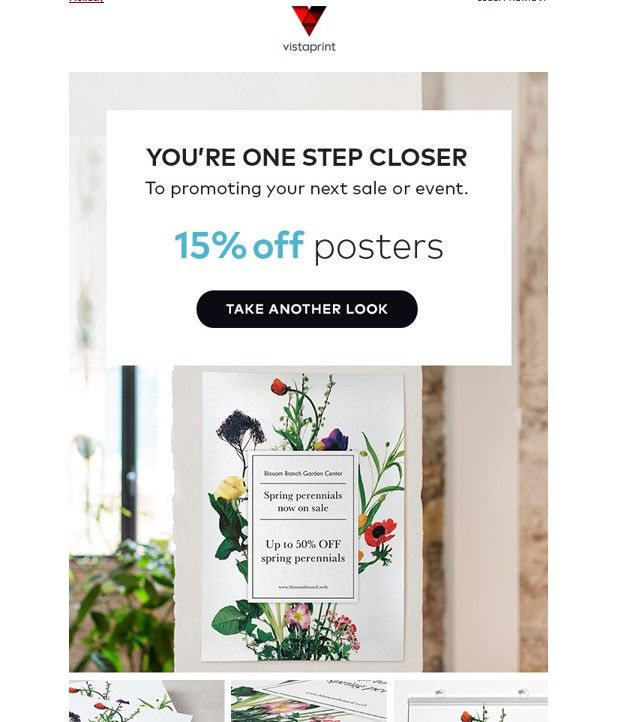
Send personalized emails
Personalization is the approach to utilizing customers’ data to send tailored emails that appear more realistic and relevant.
By sending these customized emails, you can tell your customers that you actually value them and are working towards solving their problems. With Zixflow, you can run personalized email campaigns to engage the prospect at every stage of the sales pipeline.
To send tailored emails, you just have to ensure that you include the customer’s first name in the subject and also in the email’s content.
Also, ensure that your email should contain the customer details you are already aware of. Don’t focus on irrelevant products or information, but customize your email according to your customer’s shopping habits or previous interactions.
As per the research by Accenture, 91% of consumers say they are more likely to buy from brands that provide offers and recommendations that are relevant to them.
Here is an example of a personalized email that I got from Asana after signing up. Look how the email welcomes the new user with a cheerful graphic first and then cuts to the chase by adding a clear CTA that will take the user to their platform.
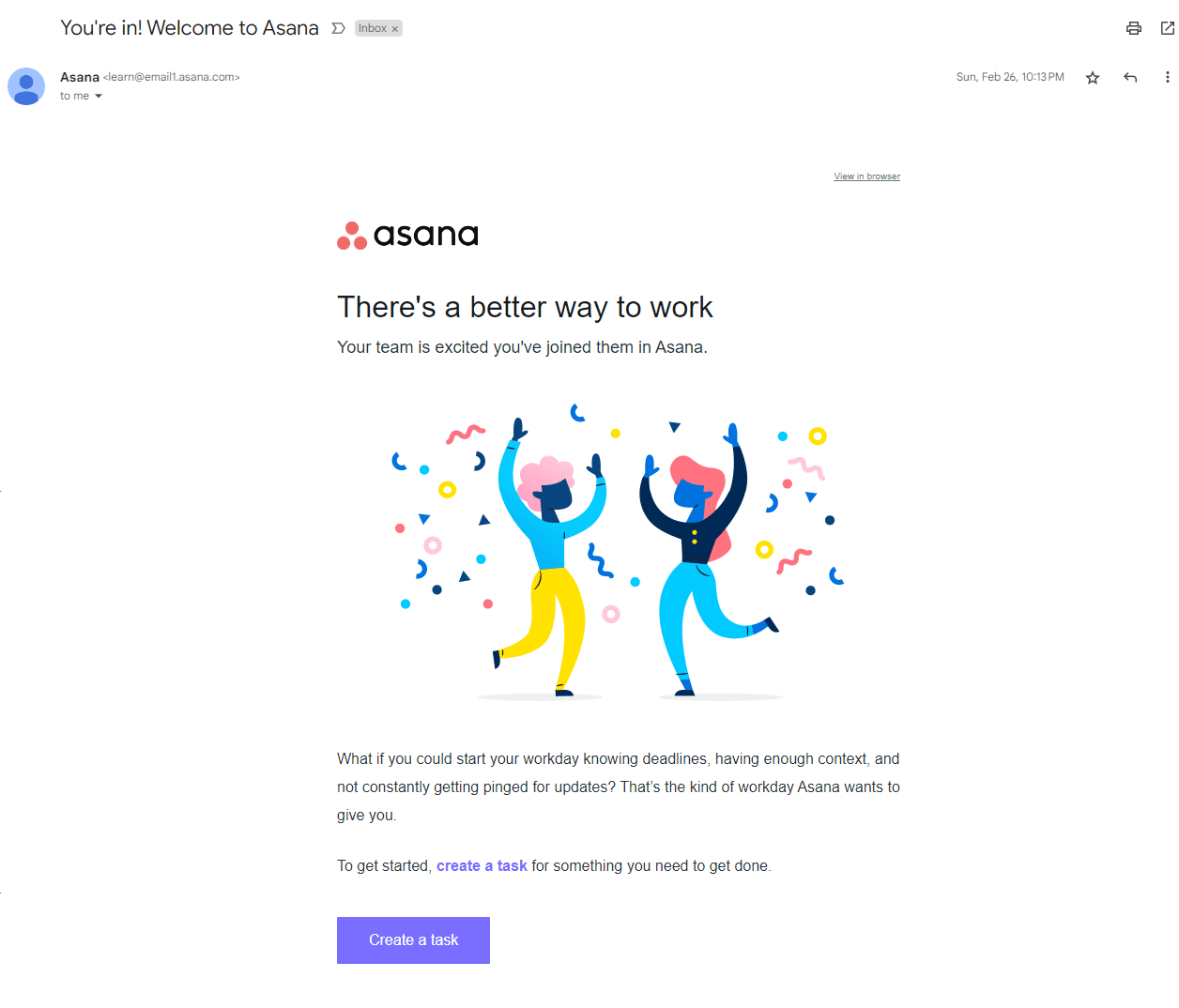
Leverage social channels
Interacting with potential customers on social platforms is an excellent method to build relations and promote your company. This approach is known as social selling and can be a great way to find leads.
Take a look at how Burt’s Bees, a manufacturer of natural skin care products, utilizes Twitter to interact with customers by addressing their concerns or responding to their messages.

To make the most of social media channels, you can begin by compiling your best pointers or suggestions in your niche or your field of expertise. After that, produce quality content that is intended to assist readers.
For instance, LinkedIn can be used for effective sales networking, communicating market knowledge, and looking for possibilities to develop professional connections. But it can also be utilized for promoting your product in the B2B space.
See how MilkMoney uses LinkedIn ads to market its outdoor advertising services by offering a huge discount to its prospects.
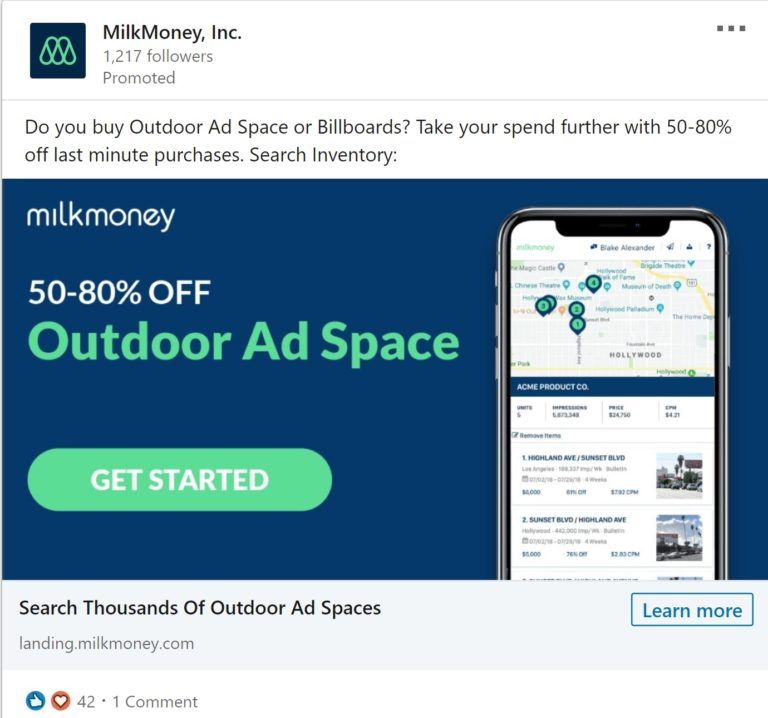
Use the modern sales tool like Zixflow
Using the right tools and technology for managing the sales pipeline can reduce the workload on your sales team and allow them to sell more efficiently. You might wonder which one to choose between a CRM platform vs sales engagement platform. A modern sales engagement platform, such as Zixflow comes with integrated sales CRM software that lets you transform leads’ information into actionable processes that help in streamlining your outbound sales operations.
For instance, Zixflow enables you to create automated sales processes from a single dashboard to ensure that your sales team does not miss sending an email or follow-up with the prospect.
On top of that, Zixflow also helps in finding and saving leads data that you have generated from other channels, such as LinkedIn. LinkedIn has become a major platform, where you can find valuable information about your prospects since almost every professional has a profile on it.
To help you in finding details of prospects on LinkedIn, you can use LinkedIn’s Email Finder extension. You can add it to your Chrome browser and it will let you find the contact details and company information of the person whose profile you visit on LinkedIn. Not only that. You can also export the data you found to your CRM with a single click.
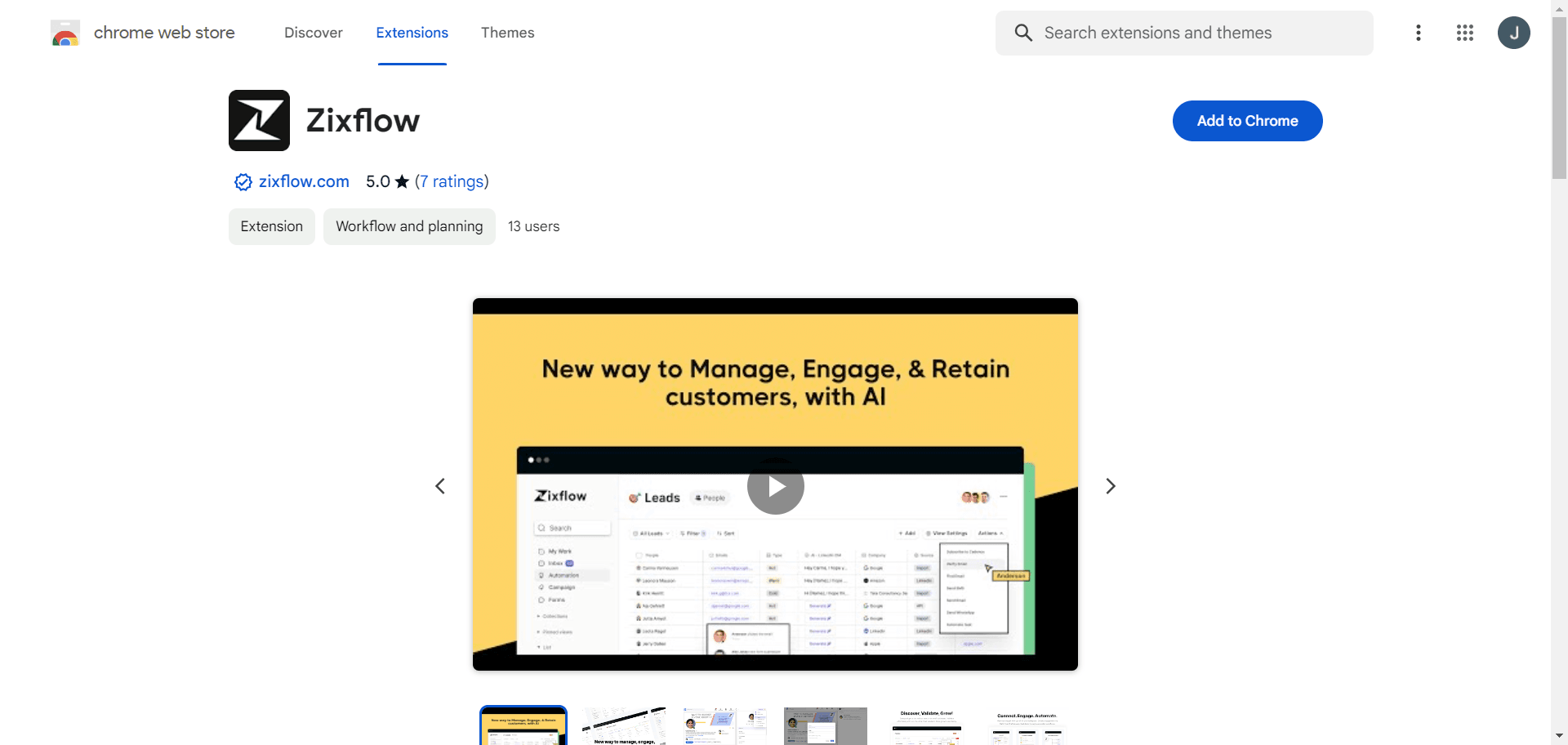
Utilize referral marketing
Word-of-mouth marketing and referrals from current or previous customers are excellent methods to make your company look trustworthy and develop credibility among prospects.
This way, your potential customers can put themselves in the shoes of your current ones and see a solution to their problems.
On top of that, referred leads are the best ones because they reached out to you on the suggestions of the person they know.
People trust referrals and companies that use them regularly see increased conversion rates by up to 70% and a 69% faster close time.
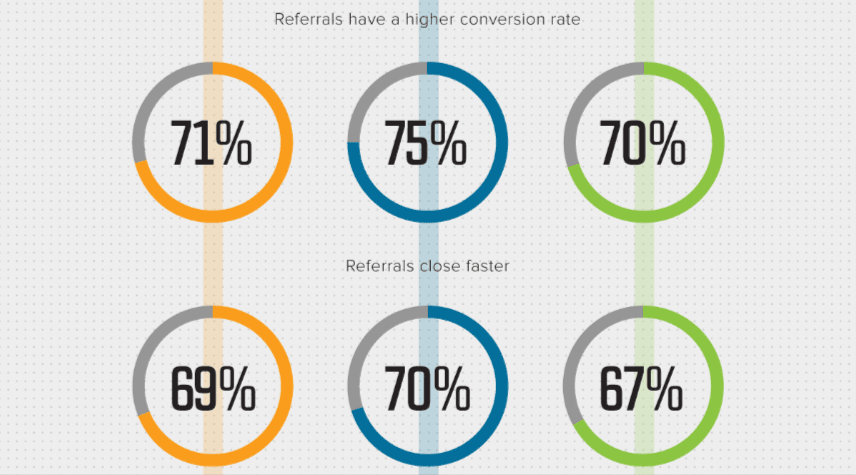
So how can you use referral marketing to achieve the same results? Start by implementing a process and define how you will ask for referrals or testimonials from customers.
Think about when you will request a referral. As a customer myself, I think I would be able to give good feedback on a product after I have used it for a week. This gives me enough time to use a product thoroughly and offer an accurate review based on my experience.
When asking for a referral from your customers, consider what you are going to give them in return for their time. For instance, Capital One is an American credit card company that offers cash-back rewards and points its customers can use in particular stores on a successful referral.
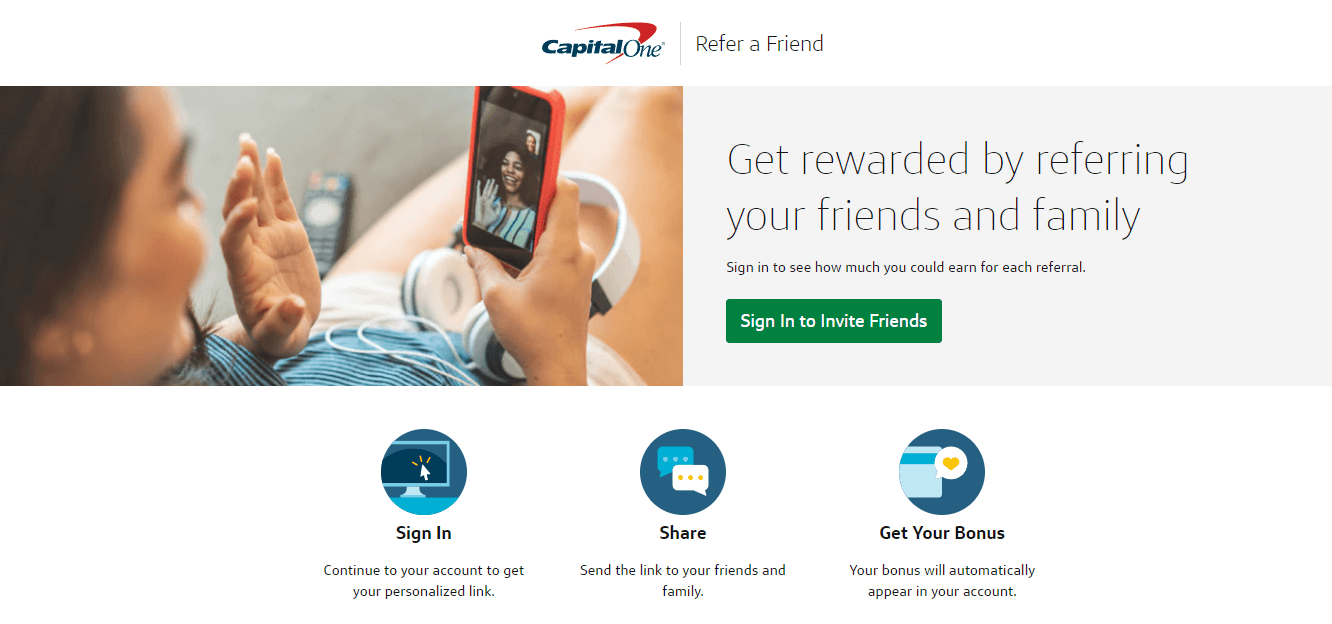
Employ account-based marketing techniques
Account-based marketing, also known as ABM, lets you focus on a group of people rather than only on a single prospect, making it a good outbound sales strategy.
Recent B2B sales stats data reveals that through ABM strategy, B2B businesses can increase their revenue by an impressive 208%.
Since in ABM technique, you are not concentrating on a particular person but everyone in a group or company, you can tailor your pitch according to the needs of the entire company rather than one employee.
For example, when it comes to office space, people don’t pay too much attention to them. But Robin, a company that handles hybrid workplaces for its clients, showcased their past work in the form of customer success stories to attract more traffic to its site. And this is one of the offices they designed.

To accomplish this, create a list of businesses you want to reach out to. Next, find out about their key players and send a customized email, talking about how your offerings can make their job simple.
Once again, you can use Zixflow, which lets you compile the data of companies and their decision-makers in a single location. This way, you can easily look for business information and past conversations to save time and energy.
Measure and analyze your efforts
Finally, you have developed your outbound sales workflow and know the top outbound sales strategies. Next comes the ways to monitor how well your efforts are performing.
Begin by deciding the KPIs you want to keep an eye on to monitor your outbound efforts. For instance, below are a few common KPIs you can track:
- Cost per lead (CPL): This is the cost you incurred to produce a lead.
- Sales cycle: This indicates the average time a prospect takes to complete a transaction.
- Closing ratio: This shows the average amount of people you have to reach out to until you transform a prospect into a customer.
- Click-through rate (CTR): This indicator tracks how many people are clicking on your CTAs.
For example, the analytics feature of Zixflow allows you to track the total number of leads you have generated and the revenue you generated in an easy-to-understand format using graphs and charts.
Ready to follow these strategies to boost your sales?
Outbound sales strategies need constant attention from your sales staff, but they can be an excellent method to find prospects fast. These are important tactics to develop connections and engage prospects using sales engagement platforms to foster useful conversations.
And you can do that with Zixflow. It lets you manage leads data so you can create tailored messages quickly and send them using various channels, such as email, texts, or phone calls. It stressed the requirement to facilitate your sales process by diminishing physical efforts with increased process automation. So sign up today with no monthly subscriptions and utilize a pay-as-you-go billing structure to best suit your needs.
